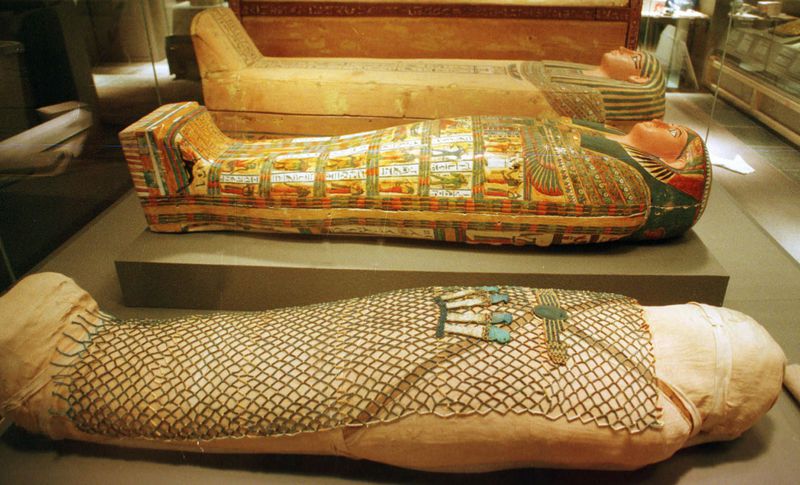Ancient Egyptian mummy of a young girl is first with a bandaged wound
Before you go, “Aren’t all mummies wrapped in bandages, hardy, har, har,” hilarious, but let us explain. Scientists have found the oldest-known example of a bandaged wound on the mummy of a child who once lived in Ancient Egypt.
Business Insider reports how researchers from Germany, Italy, and the States were able to essentially digitally unwrap the mummy—a four-year-old girl who passed away about 2,000 years ago—using computed tomography (CT) scans in order to properly examine the remains.
It was only then in the resulting images that they were able to observe how a “bandage-like structure” was wrapped around the child’s lower right leg, remnants of pus implying that some type of skin lesion may have occurred.


“In ancient Egypt, infections were likely a common aspect of daily life and the major cause of death,” reads the study, as published to Science Direct.
“However, the overall evidence of infections in ancient mummies is limited, especially in the less frequently investigated child mummies.”
This particular mummy was one of 21 children mummies that were observed in all, others, too, which showed signs of skin lesions and infections.
Only the girl, though, had a bandage still attached to where it was placed over her injury.
Furthermore, while the study explains that such Ancient Egyptian medical treatments have been recorded by previous texts, the child mummy is a rare, physical example.
The same Business Insider article does note, however, that the scientists do posit the possibility that the bandage is for religious purposes, not medicinal.





